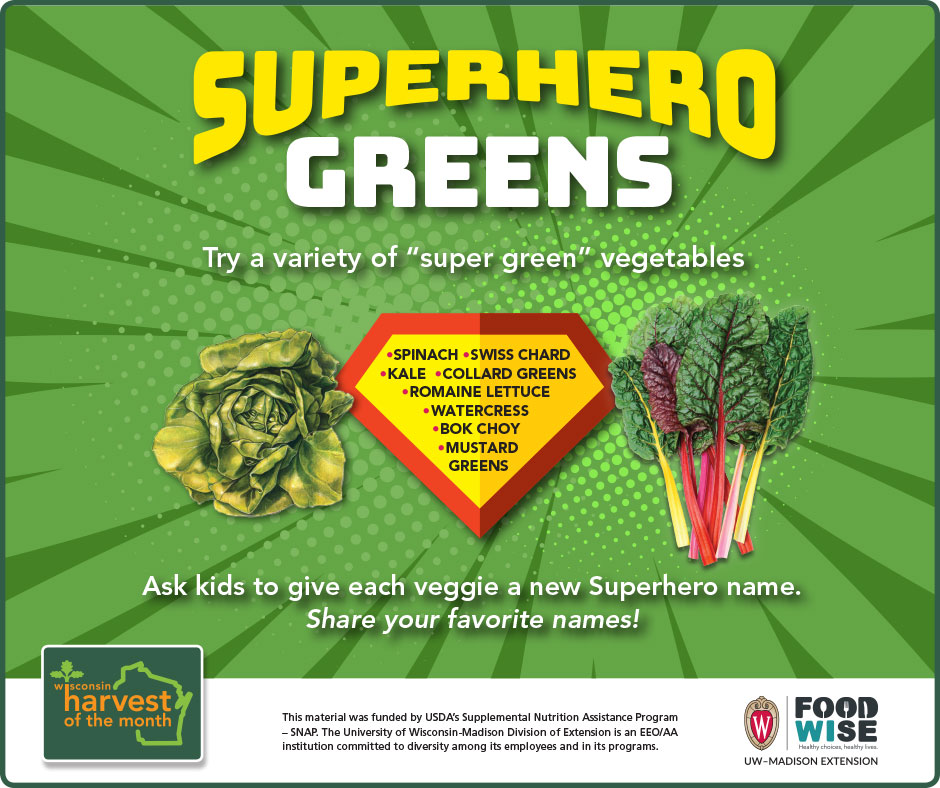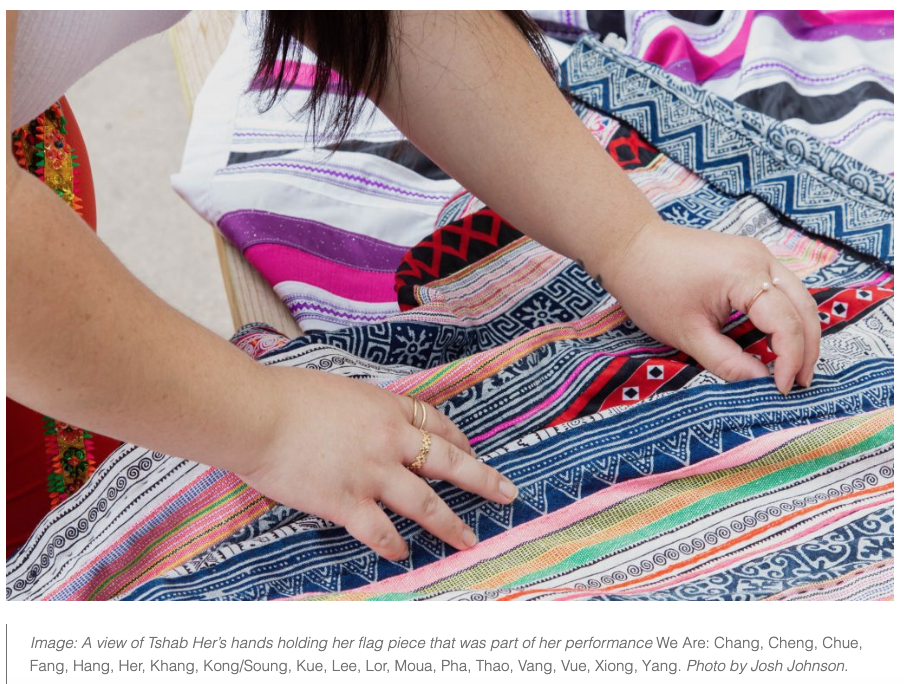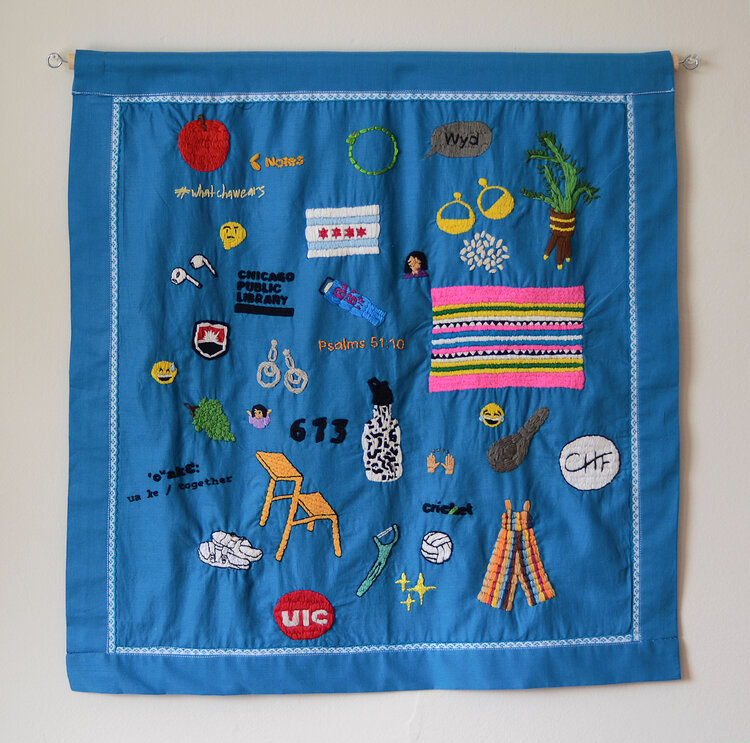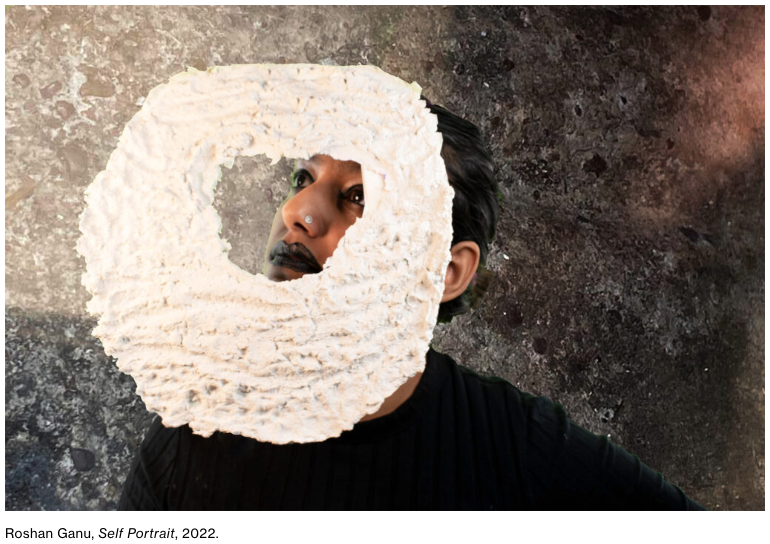Kid $wami, an Asian American rap artist, has risen to prominence as a contemporary hip hop sensation in St. Paul, Minnesota. Known for his unique blend of cultural influences and innovative beats, he has carved out a distinct niche in the music scene. Kid $wami’s journey from local talent to celebrated artist has been marked by his ability to connect deeply with a diverse and devoted fan base. His groundbreaking music, characterized by insightful lyrics and dynamic rhythms, is not only breaking new ground but also challenging the norms of the hip hop genre. With each release, Kid $wami continues to redefine what it means to be an Asian American artist in the ever-evolving landscape of contemporary hip hop.

Photo: Kid $wami
Kid $wami uses his music platform to address crucial issues that resonate deeply with him, drawing from his personal experiences to craft songs that touch on themes such as social justice, mental health, and self-expression. His lyrics reflect his journey and the struggles he has faced, making his music a powerful tool for advocacy and change. By candidly discussing these topics, Kid $wami not only highlights important societal challenges but also empowers his listeners to speak out and share their own stories. His message has become a beacon for those seeking to have their voices heard, fostering a community of resilience and solidarity through the transformative power of music.
Kid $wami stands as a beacon of authenticity and courage in the world of contemporary hip hop, using his music to champion social justice, mental health awareness, and the importance of self-expression. Through his deeply personal and impactful lyrics, he not only connects with his audience on a profound level but also inspires countless others to find their own voice and stand up for what they believe in. As he continues to break new ground and resonate with listeners across diverse backgrounds, Kid $wami’s artistry remains a testament to the transformative power of music and the enduring strength of the human spirit.





